Amulets and talismans were the first ornaments in the history of humankind, worn not for vanity but for enjoying the signs of divine benevolence they brought the wearer. They are protective, propitiatory and curative pieces, characterized by their apotropaic functions of warding off evil influences, attracting positive ones and preserving therapeutic properties.
What we are presenting you with here is a selection of “magical” jewellery that crosses over time and cultures, telling of humankind’s primordial need to believe in a supernatural dimension fot the governance of imponderable factors like health, luck and illness.
Curated By Maura Picciau e Paolo Maria Guarrera
Amuleto Cervo
late 19th–early 20th century
silver, cast
length 4.5 cm; width 2.5 cm;
chain 50 cm
Istituto Centrale per la Demoetnoantropologia
The magical points of a deer’s antlers were thought to prevent or repel evil influences. This object (inv. 31802) comes from the collections of G. Clemente, immediately prior to the Mostra Etnografica in Rome in 1911.
Amuleto Rana
first half of the 20th century
silver, cast
ø 3.8 cm
Istituto Centrale per la Demoetnoantropologia
Amuleto cavallo alato
Unknown provenance,
mid-19th century
silver, two sheets of silver, hand
embossed and welded together
length 9.2 cm; height 8 cm; two
chains of 7 cm
Istituto Centrale per la Demoetnoantropologia
The amulet depicts a fantasticalanimal, half-winged unicorn and half fish with a pierced tail. The hippocampus is associated by analogy to mermaids and sea horses, and also assumes an apotropaic function. The article, with five bells, bears the seal of the Kingdom of Naples.
Amuleto Sirena
early 20th century
metal, two silvered sheets, welded together
mermaid length 10 cm, height 6.8 cm; chain 23 cm (including the two side chains)
Istituto Centrale per la Demoetnoantropologia
This amulet has a chain with perforated elements on which the figure hangs. On her head she wears a crown. The mermaid carries five bells, four of them swinging.
Amuleto Cimaruta
southern Italy,
late 19th–early 20th century
silver, cast
height 7.4 cm; width 6.8 cm
Istituto Centrale per la Demoetnoantropologia
The cimaruta is an amulet that was used to protect children against the evil eye. This cimaruta is accompanied by a remarkable variety of ritual symbols: a heart, keys, a fish, a bird, a flower, a crescent moon. The symbolism of the keys is linked to the iron they are made of. In the medieval concept of sympathetic magic propounded by the alchemists, diseases and metals could both carry affinities (sympathies) or incompatibilities (antipathies). The Italian saying “toccare ferro - touch
iron” refers to a gesture to ward off evil, similar to the English “touch wood”. The symbolism of the fish is connected with that of the mermaid. The bird and the flower may indicate rebirth.
Amuleto Manufica
Abruzzo, late 19th–early 20th century
coral set in gold
length 3.1 cm; width 1.3 cm
Istituto Centrale per la Demoetnoantropologia
The amulet has a hand and a forearm. The fist, with its phallic imagery, has an apotropaic value. Collector R. Zamponi, 1910.

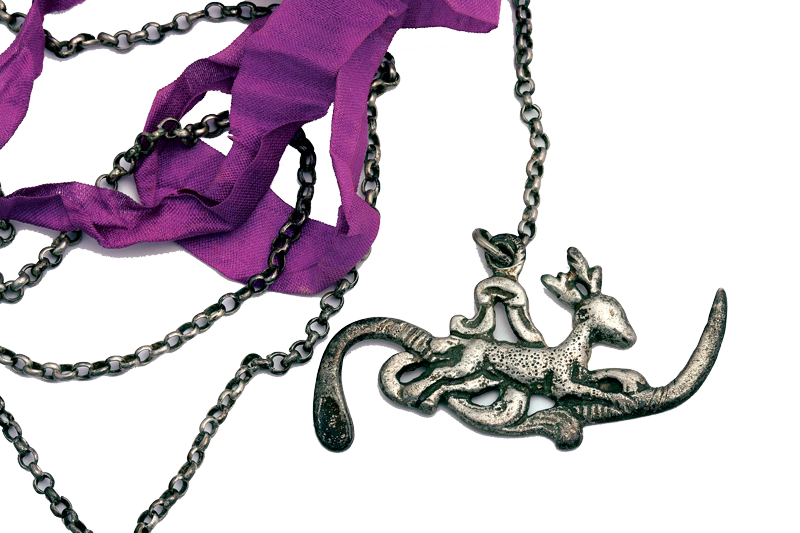
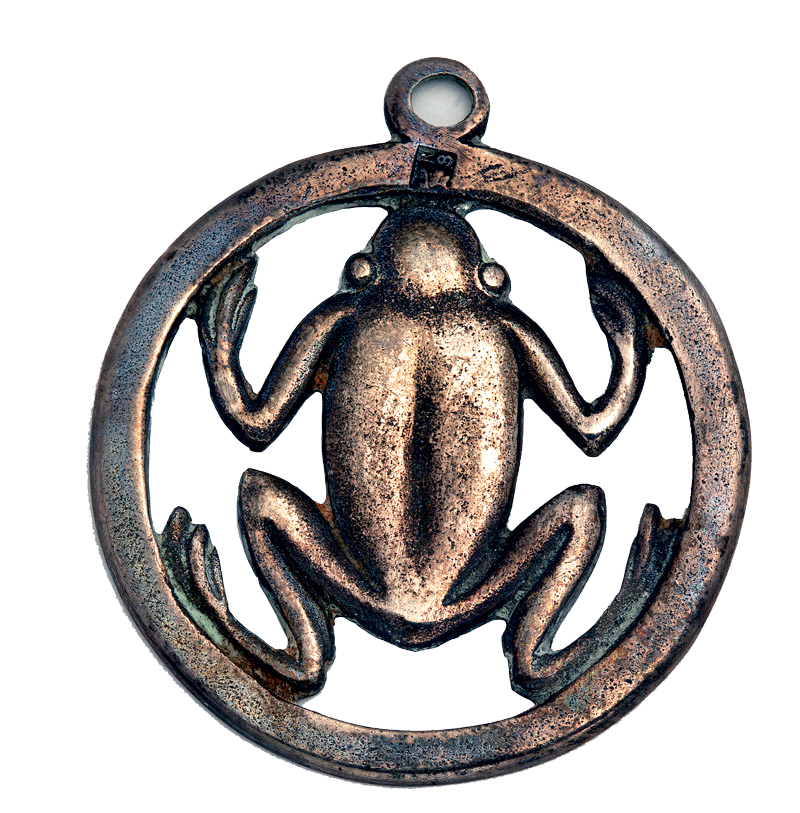
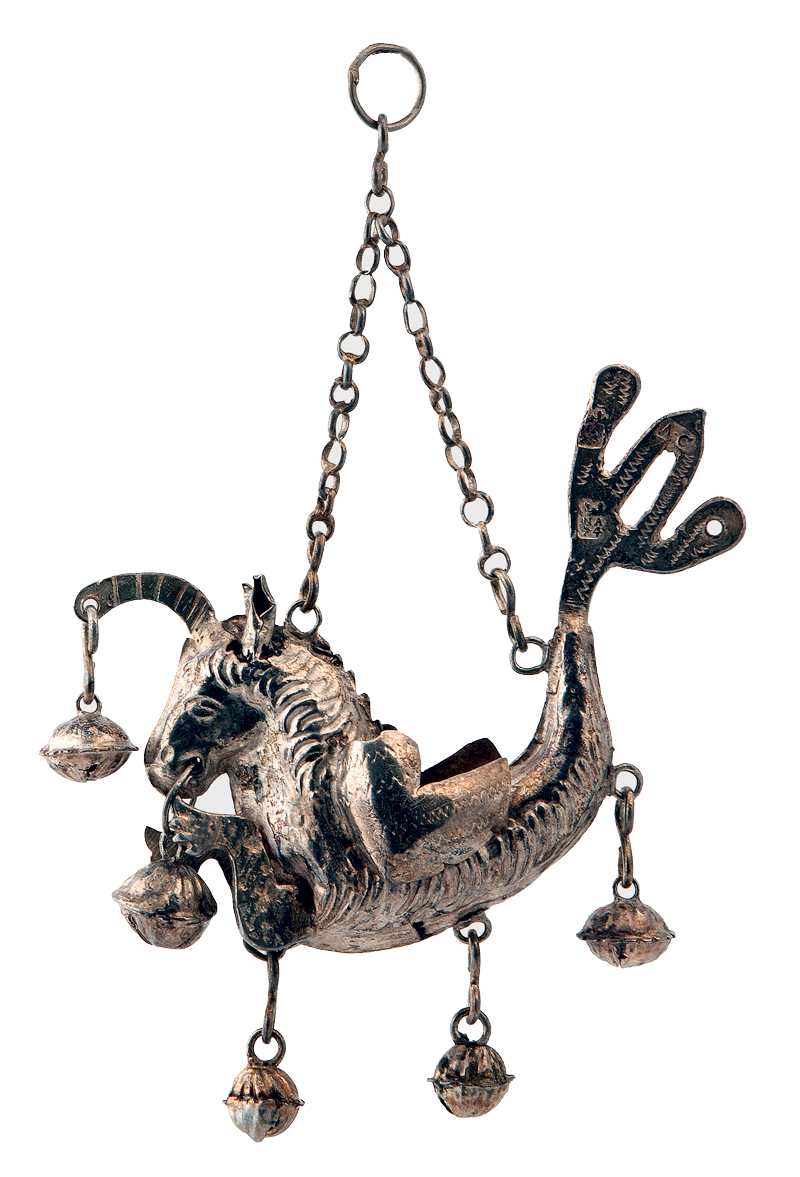
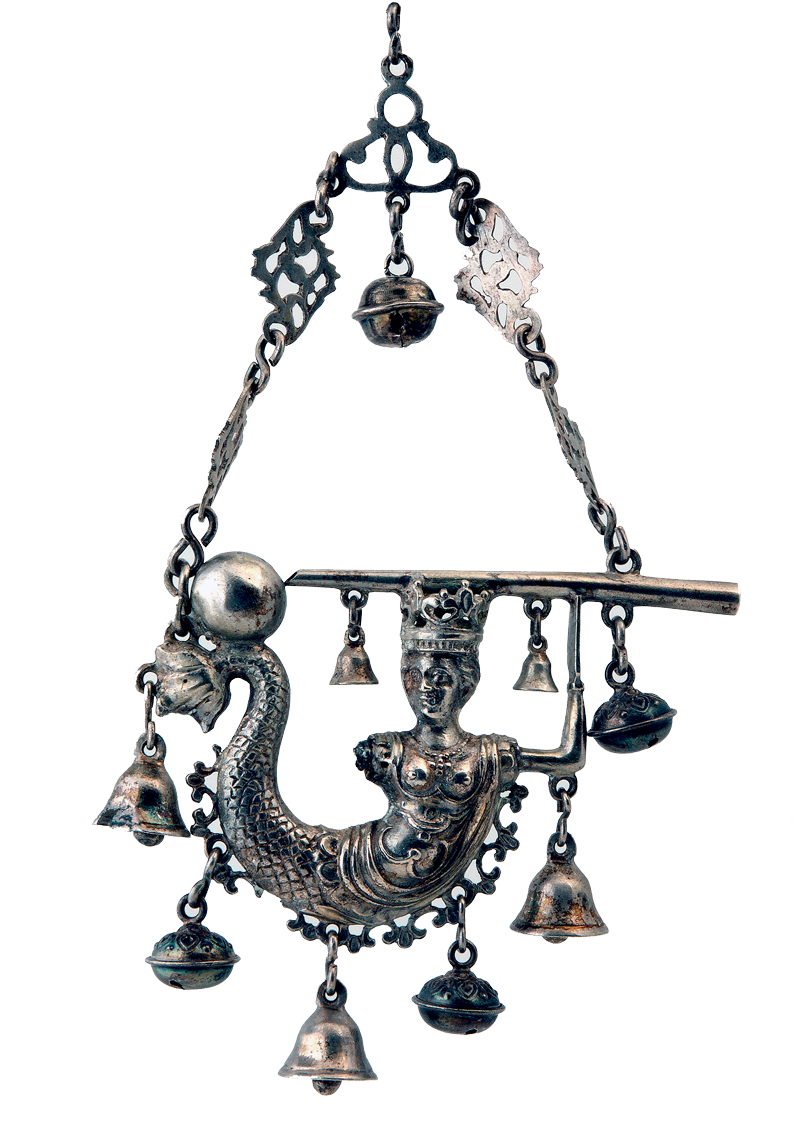
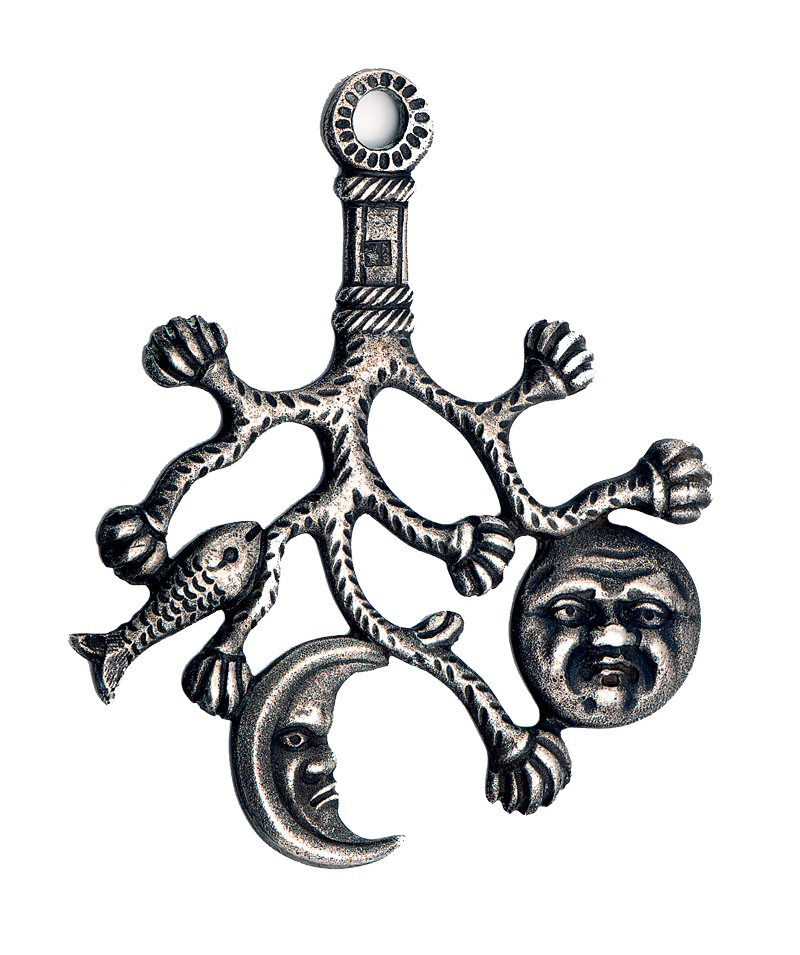
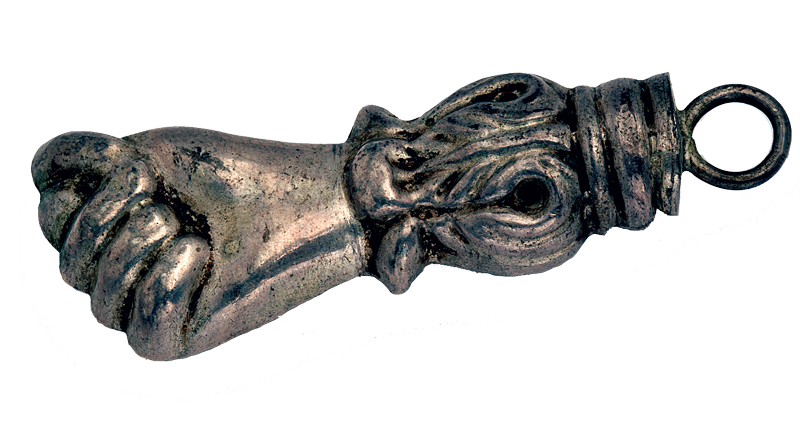
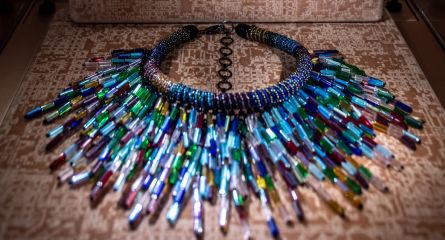
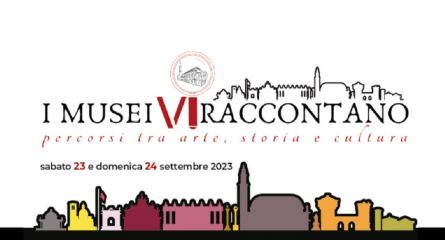









Follow us on social networks
Subscribe to the newsletter